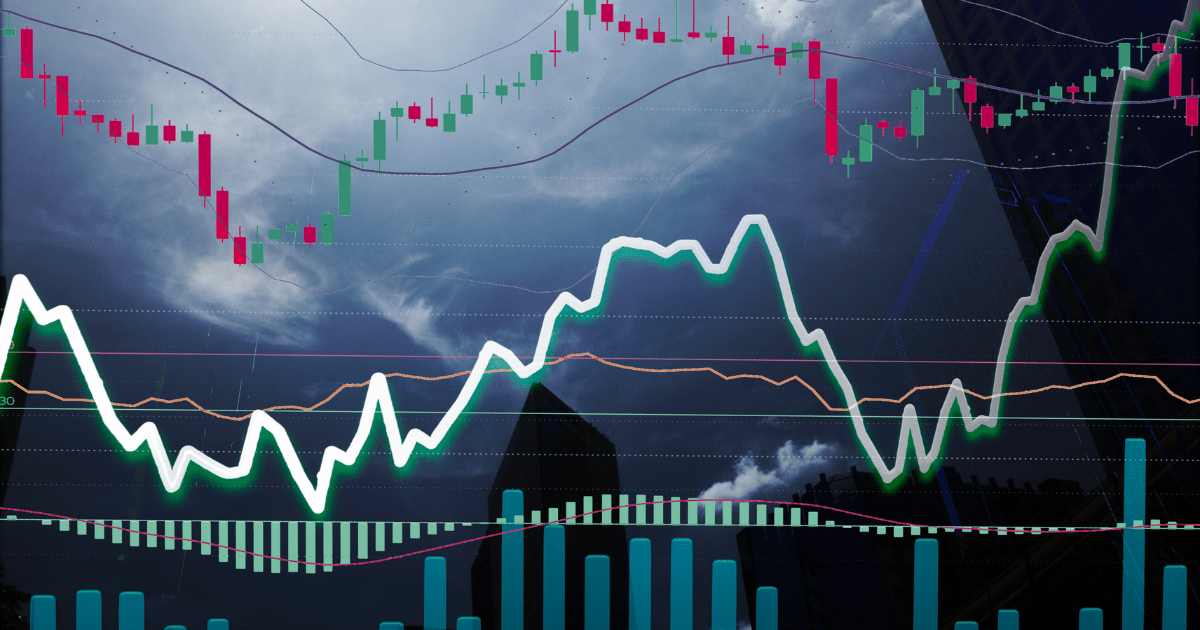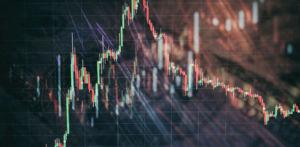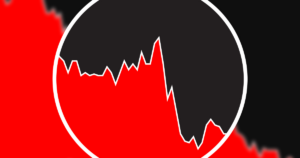The volume of trade is a fundamental concept in financial markets that measures the number of shares, contracts, or units traded within a given time period. It provides insights into market liquidity, investor sentiment, and the overall activity within a specific security or market. In this article, we will delve deeper into the topic of volume of trade, exploring its significance, calculation methods, and the factors that influence it.
Understanding Volume of Trade:
The volume of trade refers to the total number of shares, contracts, or units exchanged during a specific time interval, such as a day, week, or month. It is an essential indicator used by investors, traders, and analysts to assess market dynamics and make informed decisions.
The Significance of Volume of Trade:
- Market Liquidity: Volume of trade is a key measure of market liquidity, indicating the ease with which a security can be bought or sold without significantly impacting its price. Higher trading volumes generally indicate more liquid markets, offering better opportunities for investors to enter or exit positions.
- Price Discovery: The volume of trade plays a vital role in price discovery. When trading volumes are high, it suggests a higher level of participation and interest from market participants. This increased activity can lead to more accurate price formation, reflecting the true supply and demand dynamics of the market.
- Confirmation of Trends: Volume analysis helps confirm the sustainability of price trends. In an uptrend, higher trading volumes validate the strength of the upward movement, indicating increased buying interest. Conversely, in a downtrend, high volumes confirm the conviction of sellers, potentially signaling a continuation of the downward move.
Methods of Calculating Volume of Trade:
- Tick Volume: Tick volume measures the number of price changes (ticks) that occur within a specific time period. It does not consider the size of each trade but focuses on the number of transactions. Tick volume can be valuable for analyzing intraday trading patterns and short-term market sentiment.
- Contract or Share Volume: Contract or share volume represents the total number of contracts or shares traded within a given period. This method considers both the number of trades and the size of each trade. Contract or share volume is commonly used to assess the overall trading activity in a particular security or market.
Factors Influencing Volume of Trade:
- Market Sentiment: Positive market sentiment, driven by factors like robust economic conditions or favorable news, can attract more market participants and increase trading volumes. Conversely, negative sentiment may lead to lower volumes as investors become more cautious.
- Market Participants: The participation of institutional investors, such as mutual funds, pension funds, and hedge funds, can significantly impact trading volumes due to their large order sizes. Additionally, the involvement of high-frequency traders can contribute to higher trading volumes, especially in highly liquid markets.
- Economic Events: Key economic events, such as earnings announcements, economic data releases, or central bank decisions, can trigger increased trading volumes as investors react to new information and adjust their positions accordingly.
Key Takeaways:
- The volume of trade measures the number of shares, contracts, or units traded within a specific time period in financial markets.
- It provides insights into market liquidity, price discovery, and trend confirmation.
- Calculating volume can be done through tick volume or contract/share volume methods.
- Trading volumes are influenced by market sentiment, participation of institutional investors, and economic events.
- High trading volumes do not always indicate bullishness and should be considered alongside other technical and fundamental factors.
In conclusion, understanding the volume of trade is crucial for market participants as it provides valuable information about market liquidity, price dynamics, and trend confirmation. By analyzing trading volumes alongside other technical and fundamental indicators, investors and traders can gain a deeper understanding of market trends and make more informed trading decisions.
Remember, volume analysis should be used in conjunction with other tools and indicators to form a comprehensive trading strategy. Continuously monitoring and interpreting trading volumes can enhance your ability to identify market trends, gauge investor sentiment, and optimize your trading outcomes.








